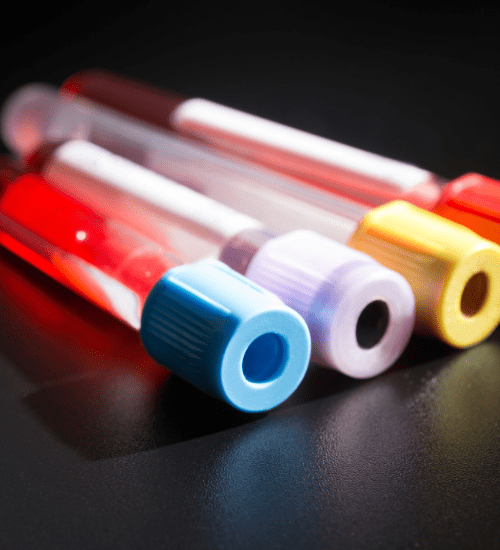July is Hemochromatosis Awareness Month
Hereditary hemochromatosis is one of the most common genetic disorders in the United States.
Are you at high risk for hemochromatosis, a disorder in which extra iron builds up in the body to harmful levels? People of Northern European descent have a higher chance of having an altered HFE gene. This means that about 1 in 225 people in this population have two copies of the gene and are at risk of developing hemochromatosis.
How could it affect you?
This disease can be hard to track, as many patients exhibit zero symptoms, and many symptoms are common with other conditions. Early signs are nonspecific and may include: fatigue, increased skin pigmentation, hair loss, impotence, joint pain, and memory loss. As iron buildup grows in specific organs, more warning signs will appear. For example, iron deposits in the heart muscle may cause arrhythmia or heart failure.
Detection and treatment
Because hemochromatosis symptoms are nonspecific, patients who are considered at risk for this disease should be screened regularly. This way, if the disease is present, doctors can find and treat it in its early stages.
Testing and screening for hemochromatosis
- Liver enzyme and function tests can determine whether or not there is inflammation in the liver and whether the function of the liver is normal.
- If you have high iron levels in the blood, testing the DNA (in blood) for mutations in the HFE gene can confirm the diagnosis. These tests are also used to screen family members.
- A liver biopsy offers a definitive diagnosis. Your doctor may recommend a biopsy if you have elevated iron levels in your blood, especially if your symptoms are consistent with hereditary hemochromatosis.
- Magnetic resonance imaging (MRI) of the liver can be performed to estimate the amount of iron in the liver. Some types of MRIs can estimate the amount of liver fibrosis as well.

At risk? Become empowered with information.
The main treatment for this disease is phlebotomy. You undergo phlebotomy at routine intervals (weekly to monthly) until your iron level returns to normal. This could take anywhere from a few weeks to a few years, depending on the iron levels at the time of diagnosis.
To help maintain normal iron levels, you should avoid iron supplements, restrict your vitamin C, red meat, raw shellfish, and alcohol intake, and be screened regularly.
Learn more about the risks, symptoms, and treatments from William Palmer, M.D. FACP, at the Mayo Clinic.
Sources:
https://www.cdc.gov/genomics/resources/diseases/hemochromatosis.htm#:~:text=July%20is%20National%20Hemochromatosis%20Awareness%20Month,-%EF%BB%BF
https://www.hopkinsmedicine.org/health/conditions-and-diseases/hemochromatosis#:~:text=Hereditary%20hemochromatosis%20affects%20one%20in,may%20be%20found%20in%20families.
https://www.ncbi.nlm.nih.gov/books/NBK430862/#:~:text=Epidemiology-,Hereditary%20hemochromatosis%20is%20the%20most%20common%20autosomal%20recessive%20disorder%20in,in%20300%20to%20500%20individuals.
https://www.niddk.nih.gov/health-information/liver-disease/hemochromatosis/definition-facts

